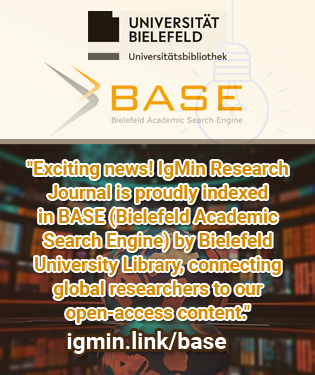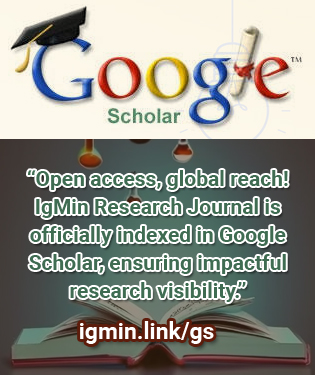Open Access Policy refers to a set of principles and guidelines aimed at providing unrestricted access to scholarly research and literature. It promotes the free availability and unrestricted use of research outputs, enabling researchers, students, and the general public to access, read, download, and distribute scholarly articles without financial or legal barriers. In this response, I will provide you with an overview of the history and latest resolutions related to Open Access Policy.
Background: The field of dental implantology has recently experienced significant progress, transforming the approach to replacing lost teeth. Dental implants provide a reliable and long-lasting option for individuals seeking to regain their oral functionality and enhance their visual appeal. Nevertheless, obtaining successful results in dental implant procedures necessitates a thorough comprehension of the different factors that affect the success of the implants.Objective: This manuscript aims to summarize current clinical insights and techno...logical advancements in preventing and managing peri-implantitis. The paper highlights the importance of minimally invasive techniques, combined with augmentation procedures, in the gap between the implant and the alveolar walls, as this can lead to osseointegration and long-term stability of peri-implant hard and soft tissues. Additionally, it highlights the integration of digital tools such as 3D navigation and AI-assisted planning for accurate implant positioning and prosthetic design. This includes employing advanced materials, such as nano-coated implants and nanoparticles incorporated into artificial bone, as it boosts osseointegration and minimizes the likelihood of infection and inflammatory reactions.Conclusion: Achieving a holistic understanding of thorough diagnostic assessments, modern surgical techniques, and advanced digital workflows is essential for successful implant therapy and the prevention of peri-implantitis. Further research and clinical application of nanotechnology promise to improve implant stability and longevity. Such an approach will enhance patient outcomes and quality of life.










